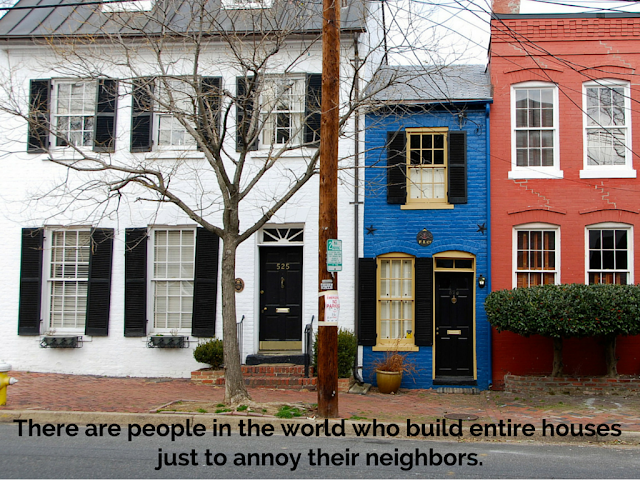A mother is a person who, seeing there are only four pieces of pie for five people, promptly announces she never did care for pie. ~ Tenneva Jordan
I knew I was not supposed to be quite so excited. I was too old for that. At age eleven, the oldest and my mom’s “grown up” girl, I had to keep my cool.
I was in middle school after all.
But every chance I got, when I was alone, I checked each present under the tree. I read every tag and felt every package, guessing at the contents within.
I had examined each gift so often that I could tell which present went to which person without even looking at the tags.
It had been a tough year for my family. Whenever my mom looked over at the tree and scattered presents, she would sigh and warn us, “There won’t be as much for Christmas this year. Try not to be disappointed.”
Christmas had traditionally been a time for my parents to spoil us. In years past, the presents would pile up and spill out from under the tree, taking over the living room.
I had heard the phrase “giving is better than receiving,” but thought that whoever had said that must have been out of their mind.
Getting presents was the whole point! It was the reason I couldn’t get to sleep on Christmas Eve.
On Christmas morning, we eagerly waited in the hallway until Dad told us everything was ready. We rushed into the living room and let the wrapping paper fly.
We made weak attempts to wait and watch while other family members opened their presents, but as the time passed we lost our self-control.
“Here’s another one for you,” said Mom as she handed me a package. I looked at it, confused. Having spent so much time examining the presents before Christmas, I recognized this one.
But it had not been mine. It was my mom’s. A new label had been put on it, with my name written in my mother’s handwriting.
“Mom, I can’t…”
I was stopped by my mother’s eager, joyful look—a look I could not really understand. “Let’s see what it is, honey. Hurry and open it.”
It was a blow dryer. Though this may seem but a simple gift, to me it was so much more.
Being an eleven-year-old girl, I was stunned. In my world, where receiving outweighed giving by light years, my mom’s act of selflessness was incomprehensible.
It was a huge act.
Tears filled my eyes and I thought in disbelief about how much my mom must love me to give up her Christmas so I could have a few more presents.
I have always remembered that Christmas fondly. It had such an impact on me. As an adult with children in my life whom I adore, I can now understand my mom’s actions.
I see how she was not “giving up her Christmas” as I had thought, but was finding an even greater joy in her Christmas because giving truly is better than receiving.
My mom’s simple act meant the world to me. ~ Jennifer Yardley Barney





















